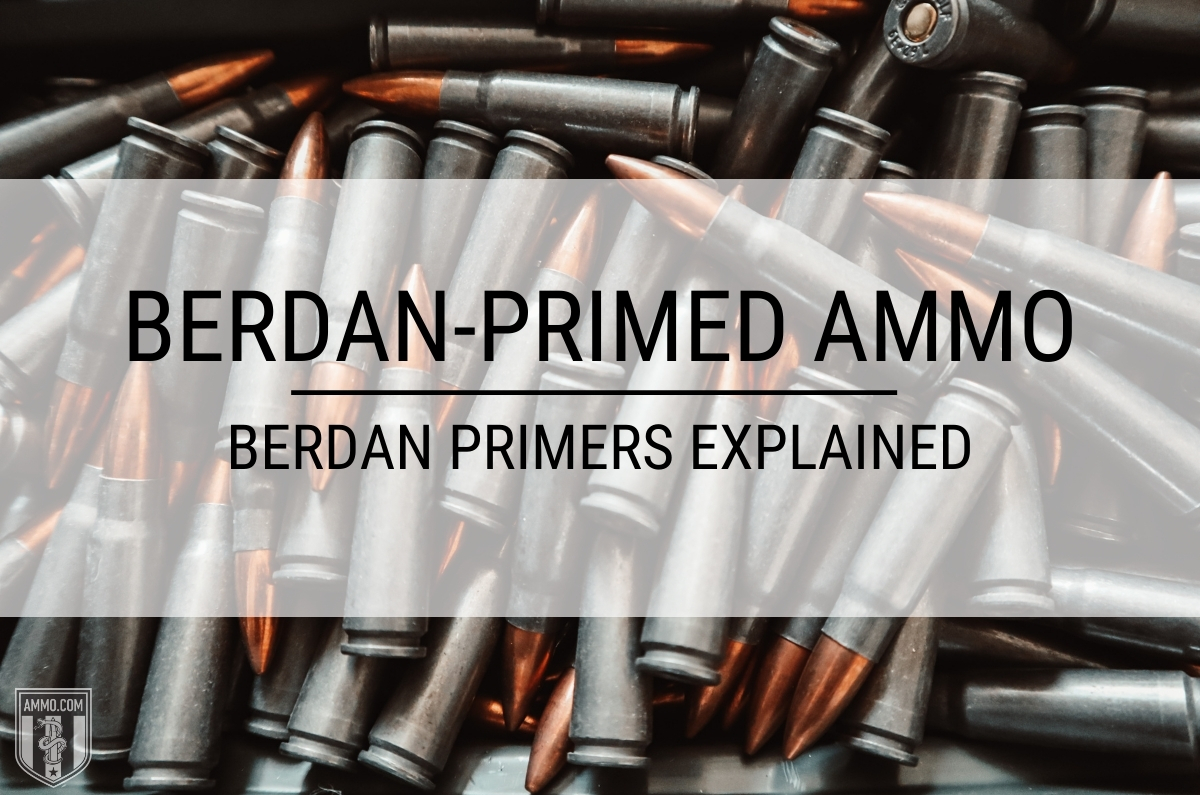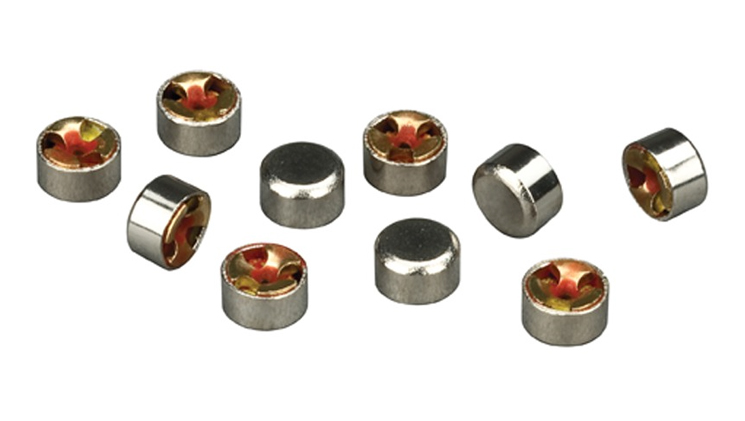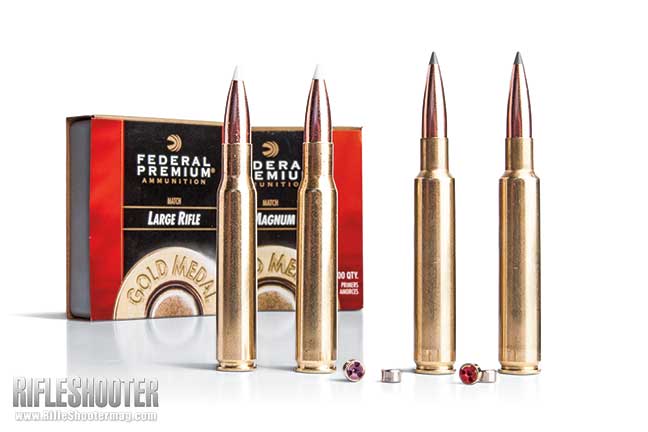All about Federal Primers
Table of ContentsExamine This Report about Cci Primers5 Easy Facts About Federal Primers ExplainedSome Known Details About Winchester Primers Rumored Buzz on Remington PrimersThe Main Principles Of Reloading Primers
Component of the firearm cartridge for initiating propellant burning In firearms and also weapons, the primer () is the chemical and/or tool in charge of launching the propellant burning that will certainly press the projectiles out of the weapon barrel. In very early black powder weapons such as muzzleloaders, the guide was essentially the exact same chemical as the main propellant (albeit generally in a finer-powdered type), however poured right into an external flash frying pan, where maybe ignited by an ignition source such as a slow-moving match or a flintlock Some muzzleloaders have guides like cap gun caps.
In artillery the guides are regularly a separate component, positioned inside the barrel to the back of the major propellant chargebut there are other examples of weapons, consisting of for example some automated tools, made to fire cartridges with indispensable electric primers.
Fascination About Primers In Stock

With the development of hand-held weapons, this came to be an unfavorable method of firing a weapon. Holding a burning stick while trying to pour a fee of black powder carefully down a barrel is hazardous, and also trying to hold the weapon with one hand while concurrently aiming at the target and looking for the touchhole makes it extremely challenging to fire precisely. The very first effort to make the process of shooting a little arm much easier was the "matchlock".
The match was a slow-burning fuse made of plant fibers that were saturated in an option of nitrates, charcoal, and sulfur, and also dried out (https://events.education.ne.gov/user/relodprim3rs/). This "slow-match" was fired up prior to the gun was needed, and also it would slowly burn, keeping a hot cinder at the burning end. After the weapon was filled and also the touchhole primed with powder, the burning suggestion of the match was placed so that the lock would certainly bring it right into contact with the touchhole.
Getting My Remington Primers To Work
This brought the match down to the touchhole, sparking the powder - https://www.aeriagames.com/user/relodprim3rs/. With cautious attention, the slow-burning match can be kept shedding Full Report for long periods of time, and the usage of the lock device made relatively exact fire feasible. The next transformation in ignition technology was the "wheel-lock".

The covered flashpan also gave some capability to endure poor weather. The wheel-lock delighted in only a quick period of popularity before being superseded by a less complex, more robust style.
An Unbiased View of Remington Primers
As the name suggests, the flintlock made use of flint instead than iron pyrite. The flint was held in a spring-loaded arm, called the "dick" from the resemblance of its movement to a pecking hen. The cock rotated through approximately a 90-degree arc as well as was held in the tensioned, or "cocked" setting by a trigger. https://www.stories.qct.edu.au/profile/andrewjaeger0217/profile.
The "half-cock" setting held the dick halfway back, as well as utilized a deep notch to make sure that pulling the trigger would certainly not release the penis. Half-cock was a safety setting, utilized when packing, keeping or bring a packed flintlock. The "full-cock" placement held the cock all the way back as well as was the placement from which the weapon was fired.
It served as both a flashpan cover as well as a steel striking surface area for the flint. The frizzen was hinged as well as spring-loaded so that it would certainly secure the open or shut position. When closed, the striking surface area was placed so that the flint would certainly strike at the appropriate angle to generate a trigger.
The Main Principles Of Reloading Primers
The flintlock mechanism was less complex as well as stronger than the wheel-lock, and also the flint and also steel provided a great, dependable source of ignition. The flintlock stayed in army solution for over 200 years, and also flintlocks are still made today for historical re-enactments and also muzzle-loading target competitors, and for hunters that take pleasure in the additional challenge that the flintlock supplies.
By the center of the 19th century, the percussion or caplock system was well developed., as it was easier and more dependable than the flintlock.
The flashpan and also frizzen were eliminated as well as changed by a small, hollow straight cylinder (drum) screwed right into the bored-out and tapped flash hole and carrying a "nipple area" over which the cap could be fitted. A "hammer" which likewise had half-cock (for loading and also applying the cap) and also full-cock settings changed the cock.